Nourishing Trust
For more than 2,500 years, Buddhism has remained a living experience present in the world. The Buddha is an example; the texts have been preserved and authentic masters continue to transmit them. All of the conditions necessary for spiritual practice remain present. But how is it that we have not lost any of these conditions? It is the lineages of transmission from master to disciple that have allowed for the continuous preservation of the realization transmitted by the Buddha up through the present day.
Just as one can transfer a liquid from one vessel to another without losing a single drop, all that which permits one to realize the true nature of mind and to accomplish the benefit of beings has been transmitted from generation to generation—without losing a single drop! The life of the masters embodies the teaching; all of their existence is consecrated to the preservation of all of the aspects of Buddhism: knowledge, compassion, ethics, and devotions, as well as the formal aspect of the rituals, the form necessary for the transmission.
Among the numerous lineages remaining active today, one is particularly renowned for its authenticity, its purity, and the exemplary nature of its masters: the Kagyü lineage. Following the primordial Buddha, Naropa and Tilopa preserved the lineage in India. From there, the lineage then passed into Tibet, where Marpa, Milarepa, Gampopa, and the first Karmapa continued its preservation. From this point on, the lineage of the Karmapa has remained active up to the present day. The 17th Karmapa, Thaye Dorje, is the current lineage holder and gives us direct access to the living source of both the empowerments that allow us to develop and the instructions that bring us toward freedom.
Knowing the life stories of the masters develops confidence; learning the different ways in which they put their lives at stake inspires spiritual practice; understanding the hardships and victories they experienced clarifies our own path. And, most importantly, the history of the Kagyü masters anchors our certainty of practicing an authentic path.
Cécile and Stéphane
Dhagpo’s old-timers can recall Cécile as a little girl running around Dhagpo’s courtyard. Today, Cécile Ducher is preparing her thesis at EPHE (The Practical School of Higher Studies). It concerns the transmission of the Ngokpa Kagyü lineage, whose teaching is currently preserved in one of Jamgön Kongtrül Lodrö Thaye’s five treasures, the Kagyü Ngak Dzö. Her research on the biographies of Marpa and Milarepa is in the process of publication.
Droupla Stéphane Faure spent seven years entrenched in Dhagpo’s library researching the early history of the Kagyü lineage, notably Marpa. In large part, the diversity of his research led to Cécile’s work on Marpa’s biographies. He maintains his interest in historical and philological research concerning the early history of the Kagyü lineage in particular and the deployment of Buddhist transmissions in Tibet in general.
We asked them to take us into the history of the Kagyü lineage. More than 1,000 years ago, Marpa made numerous voyages to India to gather teachings from the greatest masters. Over the course of these three days, they will pay homage to the lineage of masters who have conveyed the transmissions, by elaborating on the idea of the uninterrupted lineage and by presenting the different historical branches that appeared following Marpa. They will focus on the manner in which a tradition develops and the way in which it is transmitted across the centuries.
This course goes beyond the sharing of knowledge; it will be complemented by sessions of meditation to connect with the masters and integrate this reflection on the lineage into our daily practice.
Puntso

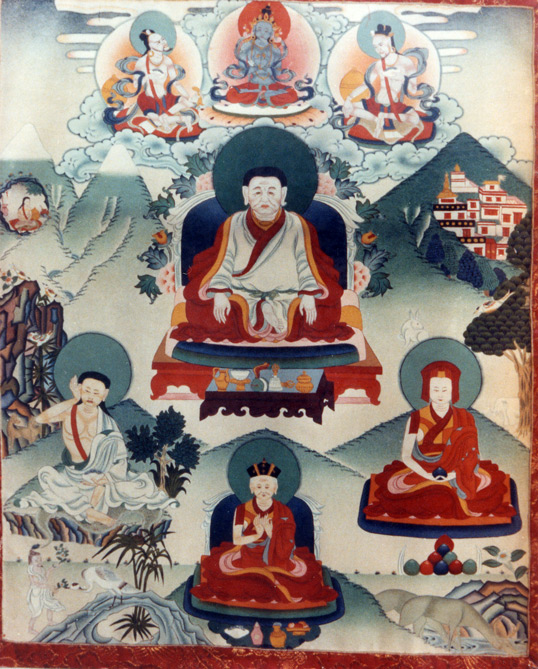
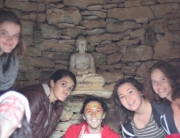
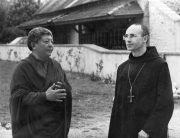
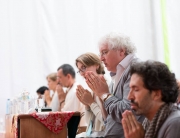
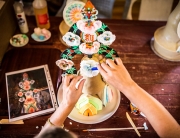
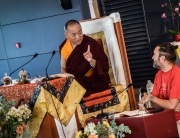



Leave A Comment